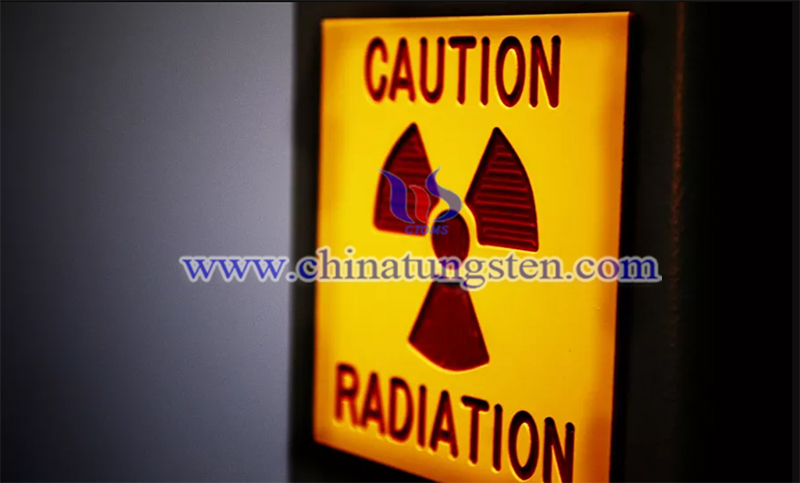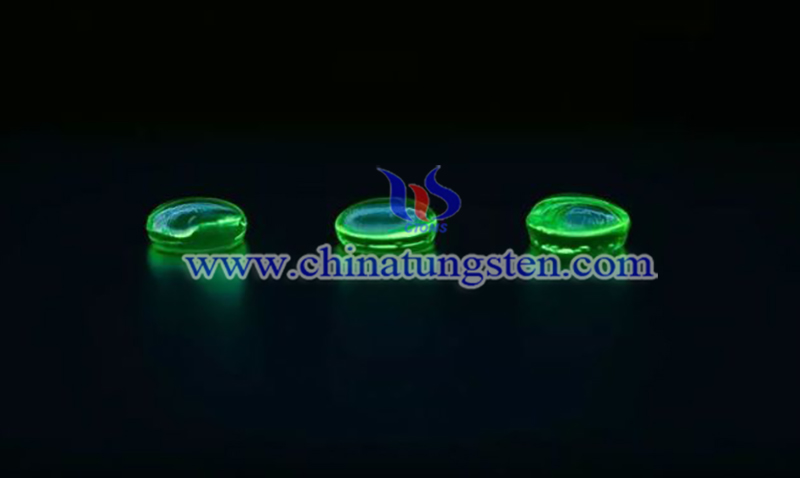China and Russia’s Scientists Improve Material for Radiation Visualization with Rare-Earth Ions
- Details
- Category: Tungsten's News
- Published on Thursday, 12 November 2020 23:10
- Written by Caodan
- Hits: 855
Multi-component glass with a high content of rare-earth ions has been applied to visual radiation optical materials. Scholars from the Tomsk University of Technology in Russia, together with China’s scholars, have developed an optical material that helps display radiation (on the screen). They said that the type of oxidized inorganic glass studied may be widely used in different fields such as optical communications and optoelectronics. Related research is published in the Journal of Luminescence.
The system of ABS-BGP (Al2O3-B2O3-SiO2-BaCO3-Gd2O3-P2O5) boroxylate composition activated by Tb3+ ions was chosen as the basis for the glass. According to the researchers, the main result is the discovery of an optimal level of Tb3+ ions in ABS-BGP glasses, which is about 10% of the molar concentration.

A scintillator is a substance that emits visible light when charged particles hit the scintillator. These substances are essential for creating detectors and radiation meters, as well as medical optoelectronics, security systems, and many other fields. Researchers believe that one of the most versatile scintillators is multi-component glass with a high content of rare-earth ions, in addition to inorganic single crystals. At present, the efficiency of inorganic single crystals is much higher than that of glass, but its disadvantages are extremely high prices, extremely high costs, and varying manufacturing difficulties.
Researchers from Tomsk University of Technology in Russia and Changchun University of Science and Technology in China have obtained scintillator materials from a multi-component glass. The light output is about 60% of the current common bismuth germanate crystals (Bi4Ge3O12).
Damir Valiev, an associate professor of the TPU Department of Materials Science, said: “Multi-component amorphous systems have a high dissolving capacity compared to rare-earth ions, which makes it possible to create an optical material with high transparency and moisture resistance. The 63.9% level of integral scintillation efficiency we have achieved with respect to crystalline analogues raises the hope that such glasses will find wider application in optoelectronics.”

Multi-component glass with a high content of rare-earth ions applied on visual radiation optical materials. Damir Valiev said that the data obtained by the researchers in the experiment may be used in the production of high-efficiency radiation systems and its ionizing detectors, including promising high-resolution 3D imaging fiber optic detectors. The use of new technologies will also greatly reduce the cost of equipment such as medical computed tomography.
The study was carried out together with specialists from Changchun University of Science in China and Tomsk University of Technology in Russia. In the future, the research team plans to continue studying the multi-component glasses with variable composition.
- Rare Earth Manufacturer & Supplier, Chinatungsten Online: www.chinatungsten.com
- Tungsten News & Prices of China Tungsten Industry Association: www.ctia.com.cn
- Molybdenum News & Price: news.molybdenum.com.cn
- Tel.: 86 592 5129696; Fax: 86 592 5129797; Email: sales@chinatungsten.com





 sales@chinatungsten.com
sales@chinatungsten.com